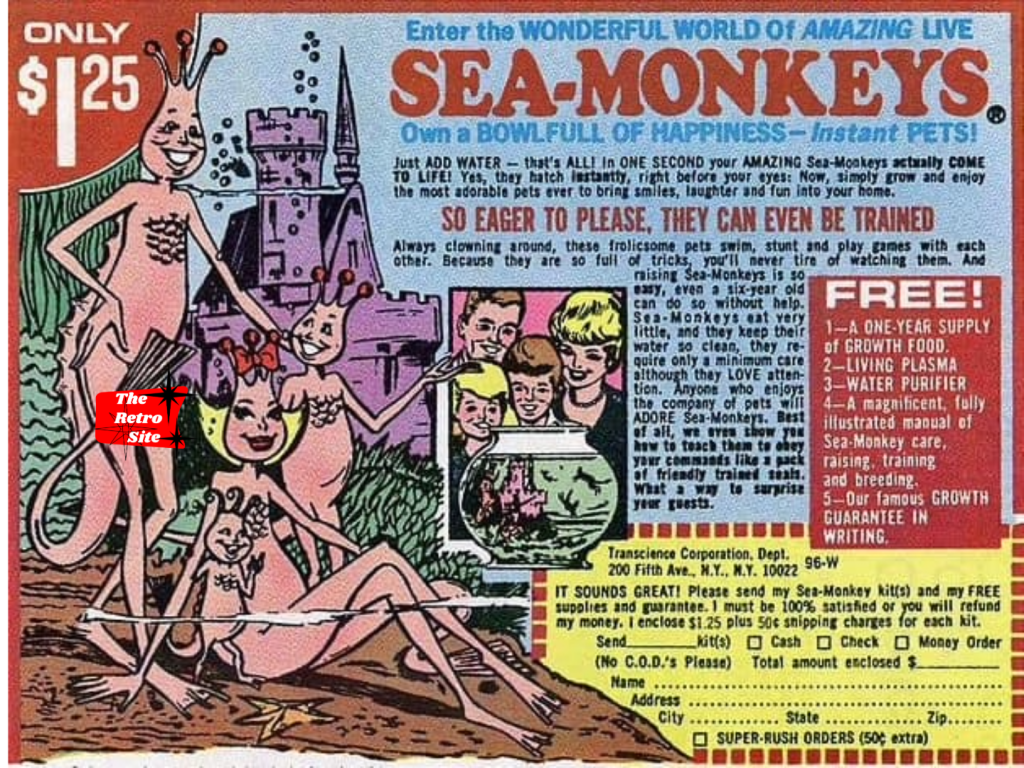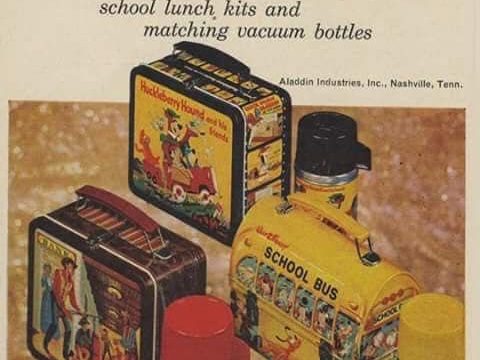
In the golden age of comic books, nestled between superhero adventures and bubble-gum ads, one of the most enduring novelty pitches leapt off the pages: Sea-Monkeys. For just $1.25, kids were promised “a bowlful of happiness” filled with instant, trainable pets who could even clown around and perform tricks.
The brightly colored advertisements showed a smiling family of humanoid creatures with crowns, tails, and castles under the sea. They promised companionship, joy, and the thrill of bringing a magical world to life. Parents mailed away money orders, and weeks later, children eagerly tore into the package, ready to meet their new friends.
What they actually got was far different from the fantasy. Sea-Monkeys are, in reality, a species of brine shrimp (Artemia salina). The marvel wasn’t in their human-like personalities but in their biology: their eggs can survive for years in a dormant state, then hatch within hours once dropped into water. With the provided food packets and conditioners, the tiny shrimp could live for weeks or even months. While they didn’t juggle, smile, or build castles, they did dart around their little aquariums with enough vigor to captivate a generation of children.
The genius behind the Sea-Monkeys phenomenon was Harold von Braunhut, who first marketed them in 1957. By the 1960s and ’70s, the ads had become iconic fixtures of comic book culture, exemplifying the blend of wonder and exaggeration that defined mail-order novelties of the era. For many, Sea-Monkeys became a first pet, a first science experiment, or at the very least, a first lesson in advertising hype.
Today, Sea-Monkeys are still available, sold as novelty kits in toy and science shops. They remain a quirky piece of Americana—equal parts biology, marketing magic, and nostalgia. While they may never have lived up to the fantasy kingdom drawn in comic books, the joy of watching “instant life” unfold in a fishbowl still makes them a cultural curiosity that refuses to fade away.




